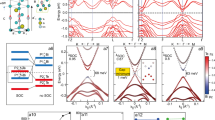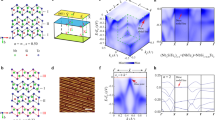Abstract
SUCH a structure in cardboard as that described by Prof. A, S. Herschel in NATURE, No. 106, may be found very useful in facilitating the study of the proof of “Napier's Rules,” but the ingenious learner might object that the demonstration was confined to one particular species of triangle—the isosceles right-angled with a perimeter equal to a quadrant; for Mr. Herschel's angles a and b are plainly equal, and together with c make up a right angle. The corresponding construction for any case would be as follow:—Take a circular piece of cardboard with centre D (referring to Mr. Herschel's diagram), and on the circumference, in the same direction, take any two arcs B1, 12. Let a perpendicular from B or D1 meet it in D, and a second from C or D2 meet it in A, and be produced to reach the circumference in B′. Finally, a semicircle on A B' as diameter and another with centre A and radius A C will determine by their intersection the.point C'. To a construction thus generalised all that Prof. Herschel adds would apply.
This is a preview of subscription content, access via your institution
Access options
Subscribe to this journal
Receive 51 print issues and online access
$199.00 per year
only $3.90 per issue
Buy this article
- Purchase on SpringerLink
- Instant access to full article PDF
Prices may be subject to local taxes which are calculated during checkout
Similar content being viewed by others
Rights and permissions
About this article
Cite this article
W., J. Proof of Napier's Rules. Nature 5, 123 (1871). https://doi.org/10.1038/005123d0
Issue date:
DOI: https://doi.org/10.1038/005123d0



